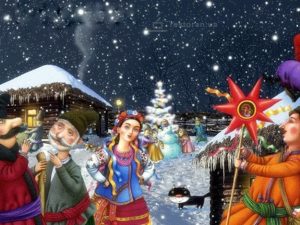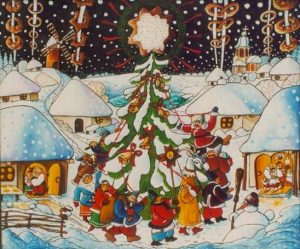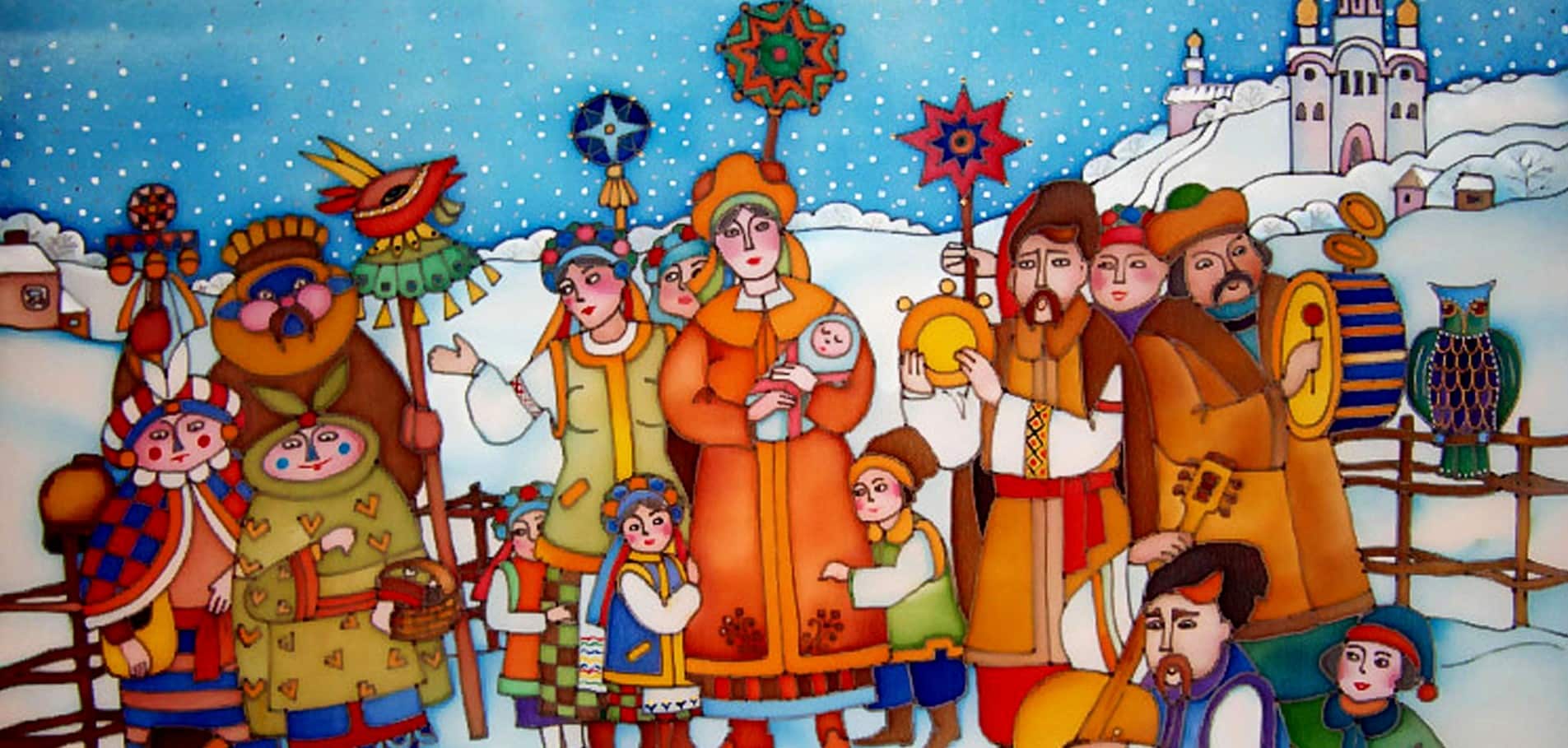Today we are accustomed to starting preparations for New Year holidays in late November or early December. This makes sense because New Year is celebrated on January 1st and Christmas on December 25th or January 7th (whether Catholic or Orthodox ).
Yet, can you believe that Ukrainian ancestors celebrated these holidays on completely different days and even in different months?
Ancient times

Nobody knows the exact date of the celebration, but historians claim that most likely it was on the eve of the spring equinox. This day was named New Summer and symbolized the beginning of a new life. It was a time when people remembered their dead relatives and burned a straw scarecrow.
The fact of the spring celebration is also confirmed by the names of the months in Latin. For example, October – from Latin octo means “eighth”, December – in Latin decem means “tenth” and so on.
Times of Kyivan Rus’ – New Year on March 1

Nobody knows exactly how the New Year celebrations happened back at the time. The most likely version – there were no lavish celebrations, but all day long Ukrainians attracted wealth into their homes. Despite the holiday, the Ukrainians continued to do household chores: they cut dry branches from trees to get a better crop next year, plant seedlings, and more.
15th Century New Year on September 1st

However, on the Ukrainian lands that were part of the Polish–Lithuanian Commonwealth at that time, New Year’s celebration was on January 1. That is why for a long time Ukrainians celebrated this holiday in different seasons.
After 1700 – New Year on January 1st

During the reign of Petro I, not only the date of New Year celebration was changed but also many other festive traditions were introduced. For example, to use fireworks, decorate Christmas trees, share wishes, and give costume balls. It was at this time when it was believed that decorating a Christmas tree could placate evil spirits.
So, in 1918, the Gregorian calendar was adopted all over Ukrainian lands, and since that time all Ukrainians celebrate New Year the same day – on January 1, like most of the world. But for religious reasons, there is one more day of celebration, called the Old New Year.





